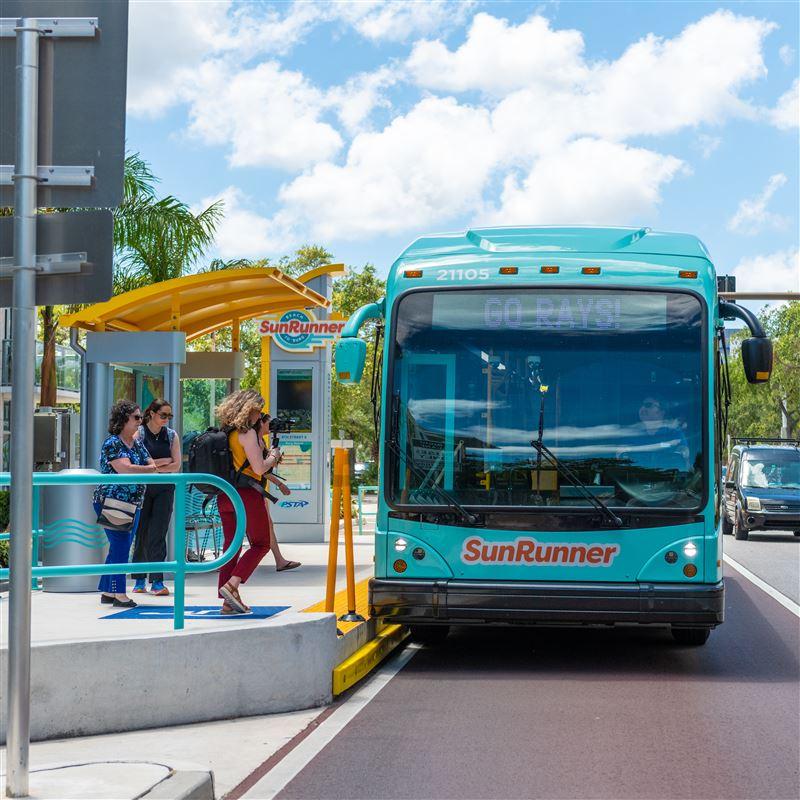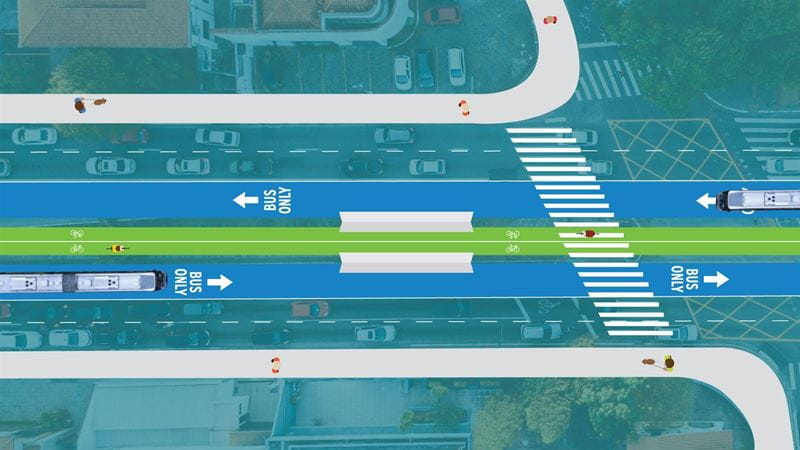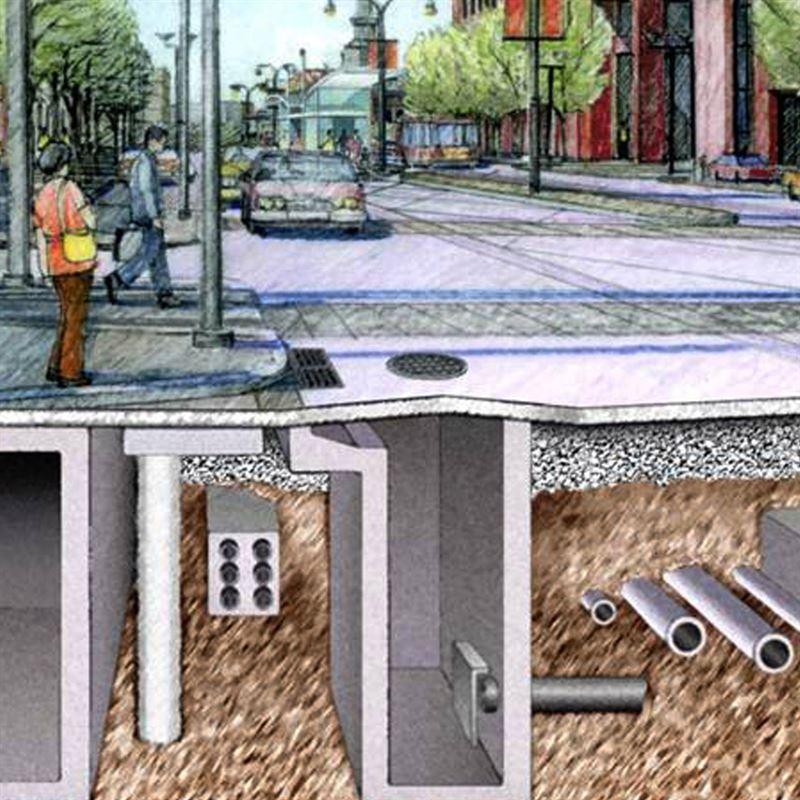Promoting New Travel Behavior on Miami’s I-95
When first opened to traffic, the tolled express lanes on I-95 in Miami-Dade County were a success story in transportation innovation. Not only did 350,000 daily users experience free-flowing conditions, but the general-purpose lanes also saw average speeds double during peak periods. However, as travel demand continued to rise over the decade after the opening, congestion gradually returned. Peak period operating conditions in the express lanes now frequently deteriorate below acceptable levels.
With significant long-term population growth projected in the region, travel demand is expected to continue to increase within the corridor over the next 20 years. Capacity expansion opportunities are limited, as little or no additional right-of-way is available and existing bridge structures generally cannot accommodate roadway expansion. As such, District 6 of the Florida Department of Transportation (FDOT) commissioned a study to look at potential innovative strategies that might reduce total demand in the I-95 corridor, at least until more permanent capacity enhancements can be implemented in the future.
“The primary objective for FDOT was to develop and analyze potential mobility options which might incentivize at least some commuters to leave their single-occupant cars and encourage ridesharing and shifts to transit,” said client service leader Zachary Teders. “But beyond that, we wanted to find innovative ways for FDOT to enhance their existing services to future-proof the corridor beyond the traditional widening methods.”
Using innovative technology and out-of-the-box mobility strategies, we were able to make travel faster, more efficient and more sustainable for future generations.
envisioning via the mobile app
Getting people out of their cars requires more than just service enhancements. The I-95 corridor in Miami-Dade needed a new mobility perspective and—most importantly—new information to make travelers aware of all the mobility options available for their specific trips.
Mobility-as-a-Service (MaaS) is an emerging approach that integrates multi-modal trip components to provide a seamless end-to-end travel option to commuters. The CDM Smith team outlined the parameters for a MaaS app that asks users to enter their origin, destination and desired departure time and then provides a full list of mobility options, including driving, carpooling, bus or other transit options. The app would account for current operating conditions on roadways and transit systems and provides estimated costs, including current express lane tolls, parking charges and transit fares, so travelers can make fully informed decisions about which mobility option to use.
proven results
In total, more than 24 mobility strategies were tested using a spreadsheet-based mode shift assessment tool that developed estimates of trips in the corridor and current mode distributions for various travel movements. Then, as trip times and costs were amended due to increased service levels, monetary incentives and other changes, the tool was used to roughly estimate potential for mode shifting or shifting to carpools. The impacts of each mobility strategy were reviewed against the targeted vehicle reductions needed and a series of combined strategies were developed, including:
- Deployment of new carpool incentive programs, including toll-free access for verified carpools with three or more occupants, plus an automated “flex-pool” program that would be integrated via mobile app, allowing automated advance pairing of carpool customers with similar destinations.
- Development of two new remote parking facilities to make use of existing surface parking at Hard Rock Stadium and involve a multi-story garage, new direct access to/from the express lanes for express buses and carpools.
- Significant increases in express bus service levels to reduce wait time at transfer points and provide additional bus capacity to accommodate induced bus demand. This will double the current number of bus runs during the two highest hours in the morning and evening peak periods, reducing average headways from 15 minutes to 7-8 minutes.
- Improvements to routings and bus operations on downtown Miami streets, including changes to existing routing, use of bus-only lanes and new “bus-only” ramps to and from I-95.
“When we started out with this project, we began with an initial question: can we shift enough drivers to alternative modes so we can return I-95 functionality to more acceptable levels? That was met with a resounding yes,” said CDM Smith project manager David Aron. “Using all the innovative technology and out-of-the-box mobility strategies we had in our toolbox, we were able to provide end-users with a variety of options to make their travel within the I-95 corridor faster, more efficient and truly sustainable for future generations.”

We wanted to find innovative ways for FDOT to enhance their existing services to future-proof the corridor beyond the traditional widening methods.










